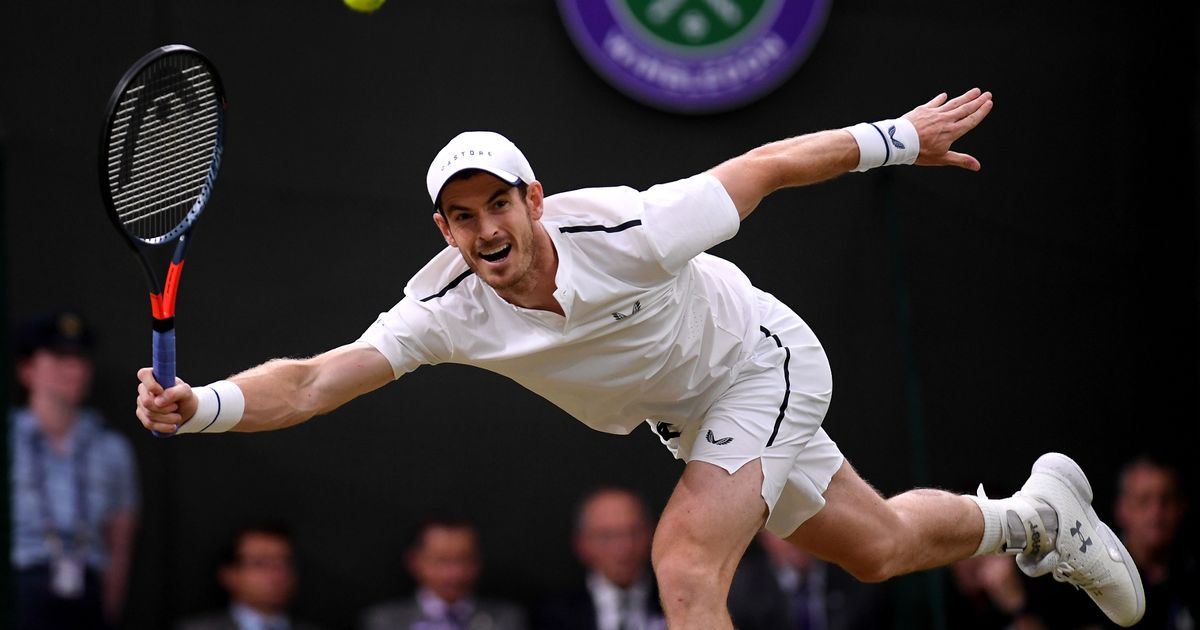Every year, hundreds of thousands of tennis fans from around the world flock to London’s SW19 to see the world’s top tennis players fight it out to become Wimbledon champion.
While most fans go to Wimbledon to see the likes of Roger Federer, Serena Williams and Andy Murray take to the courts, many are likely unaware of the impressive technology powering the tournament.
From AI match analysis to Hawk-Eye line calls, Wimbledon is full of futuristic technology that’s often overlooked.
This week, I visited Wimbledon to see this technology in action for myself – here are my top highlights.
AI-powered video highlights
For the last 30 years, IBM has worked with The All England Lawn Tennis Club (AELTC) to bring smart solutions to the tournament.
This year, IBM has enlisted the help of its artificial intelligence (AI) system, Watson, to develop video highlights.
(Image: Shivali Best)
Watson has been taught to recognise key moments during matches by analysing both sounds and images.
This includes everything from the amount of crowd cheering, overall excitement and even specific gestures made by the players!
In fact, IBM’s sound analysis, Watson Acoustic, can even recognise the precise moment that the ball is struck, allowing a tighter cropping of highlight clips.
Overall, this means that rather than having to use humans to pinpoint match highlights, the hard work is done by the AI.
Progressive web app
IBM has also developed a progressive web app for Wimbledon 2019.

(Image: IBM)
The app is free for both Android and iPhone, and is designed to allow everyone to enjoy Wimbledon – even in areas with lower bandwidth and less advance mobile hardware.
IBM explained: “The new progressive web app is designed to provide a lightweight experience to ensure that fans in those territories can make sure they don’t miss out on the latest scores and results.”
Hawk-Eye
A key piece of technology that many players are especially thankful for is Hawk-Eye.
The technology has been used at Wimbledon since 2007, and gives players the opportunity to check line calls.
The system is comprised of 10 cameras, which are played around the court, and capture 60 high-resolution images every second.

(Image: Hawk-Eye)
If a player challenges a call, a centralised computer system will rapidly process these images, calculating the ball’s flight path and ultimately whether or not it was in or out.
However, while the system is undoubtedly more accurate than the human eye, it isn’t perfect.
In fact, a study by Cardiff University in 2008 suggested that Hawk-Eye has a 2.2mm margin of error, but can be up to 10mm off at times.
AI-powered cybersecurity
As one of the most popular sporting events in the world, unsurprisingly Wimbledon is often targeted by hackers.
In 2018 alone, over 200 million suspicious security events were detected and blocked by IBM.

(Image: Shivali Best)
Alexandra Willis, Head of Communications, Content and Digital, AELTC, said: “Although we spend a year in planning for Wimbledon, we really only have two weeks to get it right, when we are the focus of millions of people.
“A security breach during those two weeks would be really damaging to the Wimbledon brand. And because Wimbledon is so much a part of the fabric of British identity, a successful attack could be perceived as more than just targeting a tennis event.”
Since 2017, IBM has used Watson to detect threats, allowing the security team to manage them much faster and effectively.

Video Unavailable
When a threat is detected, the AI will provide analysts with a description of the threat, as well as a recommended set of actions.
Martin Borrett, Chief Technology Officer, IBM Europe, said: “Where it might have taken 60 minutes to analyse a security threat, with help from Watson an analyst can do it in just a minute.
“That 60x increase in speed translates into being able to tackle a fivefold volume of incidents and alerts.
“So it helps the team bridge gaps in expertise and resources to deal with the ever increasing volume of threats we see year over year.
“Tackling those and understanding which are the real threats that could be harmful and which are the false positives that can be safely ignored is a huge challenge.”
















